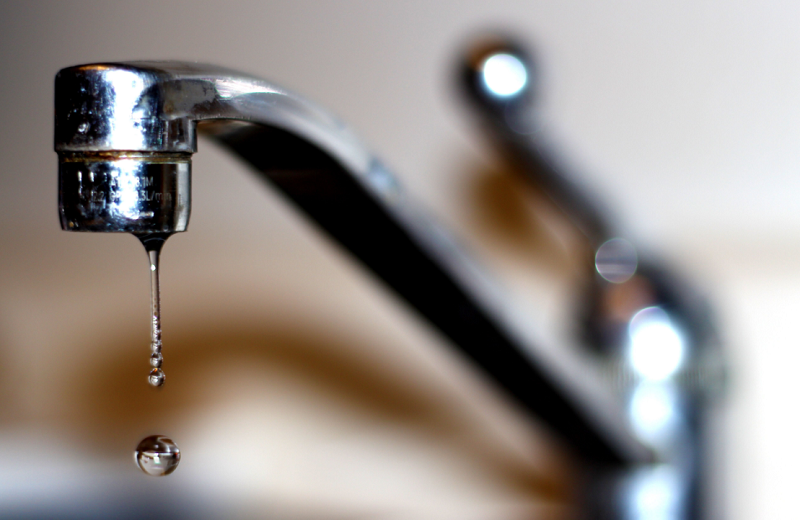The constant drip of water from a leaking faucet isn’t only annoying, it results in significant water wastage! As long as your bathroom is flooding over, it may not seem like an urgent fix. But a faucet that drips once every 20 seconds wastes around a litre of water every day. While a faucet that drips once every second leads to five gallons of water wastage per day. This way, the sooner you address the issue, the better.
Reasons why your Faucet is Leaking Water?
There may be several reasons behind why your faucet is dripping, including:
A damaged cartridge
If you have a faucet with two handles, for hot and cold water, it means that you have a cartridge-style faucet at home. Each handle has a cartridge like a valve that controls the flow of water into the faucet spout. The cartridge can break or wear and tear with age, leading to leaky faucets.
Broken washers
If you have a leaky faucet at your hand, a broken washer may be the cause. Washers are forced against the valve seat during each use, and repetitive motion and resistance can wear out the washers with age. This results in leaky faucets. In addition, improperly installed washers and even wrong-sized washers can cause leakage in faucets. In some faucets, rubber seals can wear out and cause leaking as well.
Bad O-Ring
Sometimes, cartridge faucets may incur a loose or worn-out O-ring over time, causing leaks at the base or issues with hot/cold water mixing. An O-ring is a rubber gasket used to seal gaps between the cartridge and other internal parts. If you have a leaky faucet in your bathroom, you need to inspect your O-ring.
Corroded Valve Seat
A valve seat connects the faucet to the spout in the compression mechanism. Accumulation of rust and sediments can lead to corrosion of the valve seat, causing leakage around the spout area. This is why it is important to get the valve seat professionally cleaned.
A Malfunctioning Shower Diverter Valve
In older bathrooms, a tub diverter valve allows you to divert the water back and forth between the tub faucet and the showerhead. When the diverter valve is engaged, the water is forced up into the showerhead, while when it is closed, the water flows from the tub spout. However, if your shower diverter valve is not working as intended, water may flow out from both the outlets simultaneously or even drip when the valve is not engaged.
Damaged Aerator
If you unscrew the end of your faucet, you will be able to see a little stem piece with a screen on it that helps to shut off the water circulation. This is your aerator. An improperly installed or a worn and torn aerator allows water to leak through.
How to Fix A Leaky Faucet?
While a leaky faucet is something that is best left for plumbing experts, you can often fix the issue yourself if you can work some basic plumbing tools and are trying to save a few bucks. Before you try to fix a leaky faucet, you need to turn off the water and remove the handles of a dripping faucet. Make sure not a drop comes out when you turn the taps. Once you detach the faucet handle the inner valve stem or cartridge. This part needs to be removed and inspected thoroughly. If you are finding this step tricky, you can always refer to the faucet manual or look up instructions online, depending on the type of faucet you have. You should also examine the rubber washers, O-rings, and seals for signs of wear and tear, visible damage, or improper installation.
If any parts are old or worn out/damaged, they need to be replaced with appropriate parts of the same size and model. A good tip is to take the worn-out parts to the hardware store with you to find exact replicas. If you notice any mineral buildup around the valve body, be sure to clean the valve seat with vinegar. Scrub diligently to make sure everything is rust-free, clean and shiny. Once everything has been cleaned, replaced, and sitting in place, reassemble the faucet and restore the water supply.

